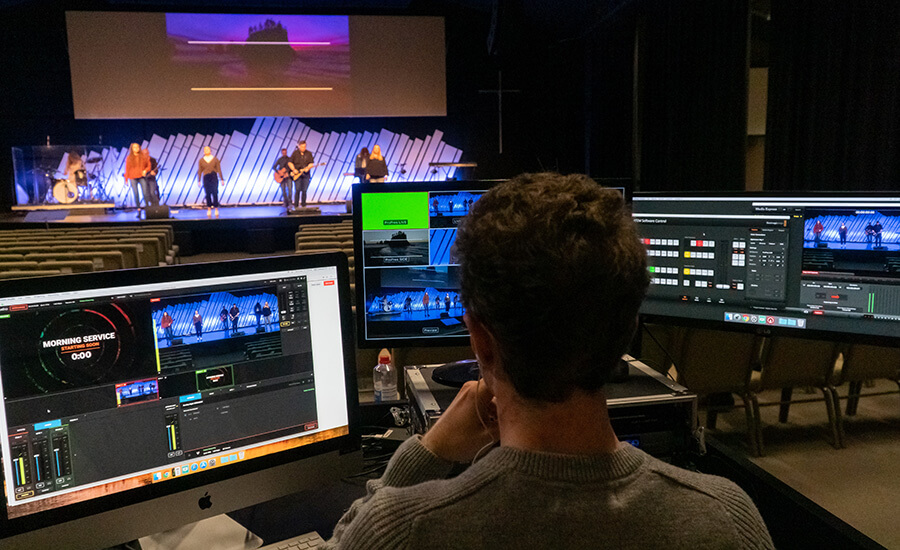
Positioning security cameras effectively efficiently is crucial to improving surveillance in different settings, such as residences, businesses, as well as public areas. The main goal of security cameras is to discourage crime while also provide evidence during case of events. To achieve this, it becomes important to consider several elements, including surveillance camera placement, field of vision, as well as the particular areas that require oversight. By comprehending these elements, individuals and organizations can develop a comprehensive surveillance plan that maximizes the efficacy of their security solutions.
One of the first actions in placing security systems is to identify critical locations that require surveillance. Vulnerable zones, including entrances, exit points, parking lots, as well as areas with high-value items, should be given priority. It also important to consider areas not visible, that are locations that might not be seen from specific angles. By charting out these critical areas, security staff can guarantee that every nook is monitored, minimizing the chances of illegal activity going undetected. Additionally, placing cameras at key points can assist form a comprehensive perspective of the premises, allowing for better total security coverage.
The field of a surveillance camera remains another important factor to take into account. Different kinds of cameras offer different fields of vision, that can affect how much space is recorded in the footage. For example, broad-view cameras can monitor larger spaces, rendering them ideal for open locations, while PTZ systems can be adjusted to focus on particular details. When placing surveillance systems, it becomes essential to select the appropriate type based on the location being monitored. This guarantees that the system can record sharp images and provide important information in case of an occurrence.
Height and tilt of mounting also have a crucial part in the effectiveness of security cameras. Cameras should be installed at a level that remains out of grasp of potential interference but also allows for unobstructed viewing of identifying features and additional recognizable features. A common recommendation is install cameras at least 8 to ten feet off the floor. Additionally, the tilt at which the camera is positioned can impact its ability to capture important details. Surveillance systems must be tilted to minimize glare and prevent blockages, ensuring that they can record sharp video at any times.
Finally, routine upkeep and improvements to the surveillance camera are essential for long-term efficacy. This includes inspecting system performance, wiping optics, and ensuring that firmware is up to date. Frequent evaluations of the surveillance strategy can assist identify any new blind spots or locations that may require extra monitoring. By staying proactive and making necessary adjustments, individuals click for source and organizations can enhance their surveillance efficacy and ensure that their security systems remain to serve their intended function.